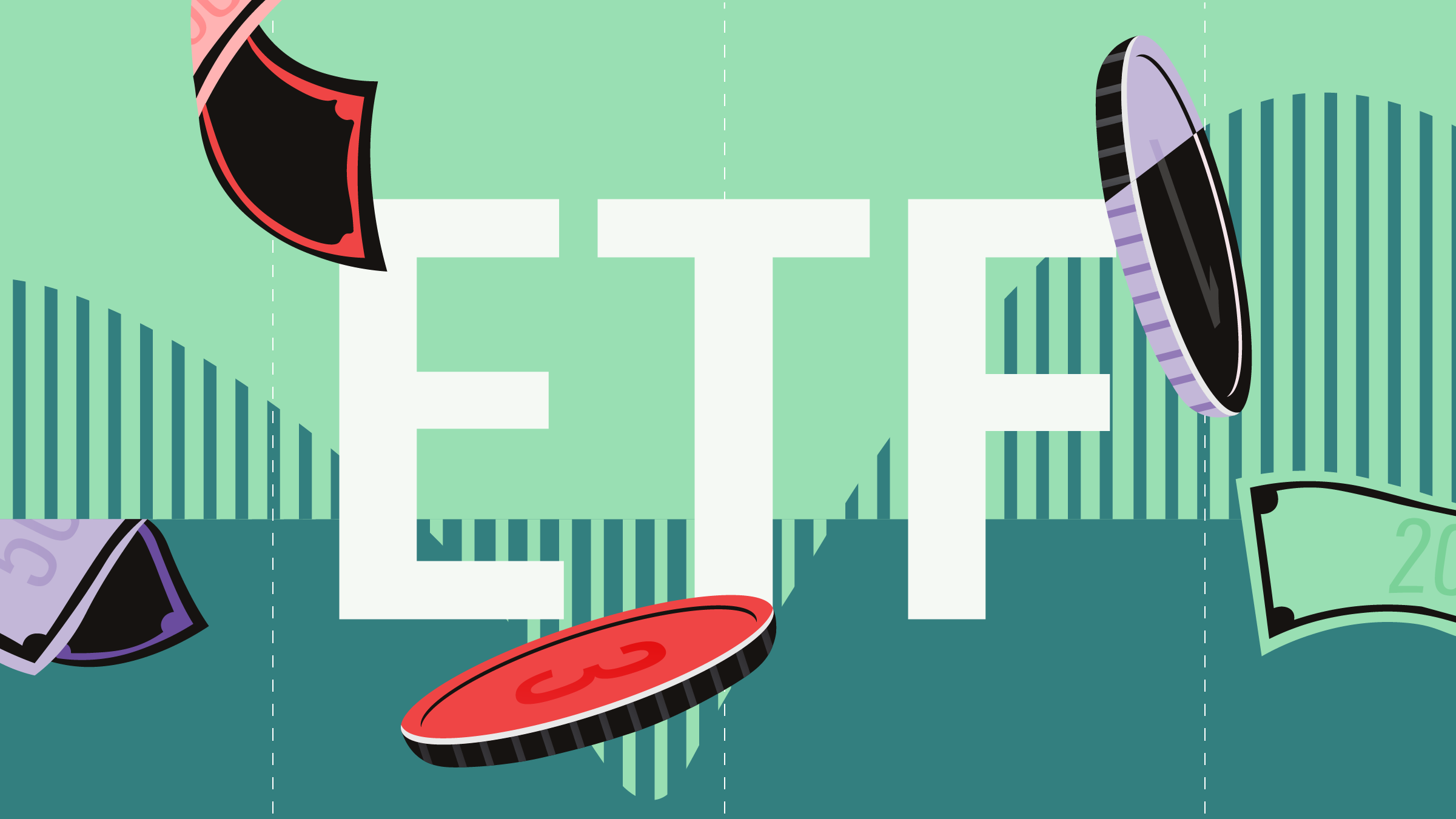Christian Charest: For Morningstar, I'm Christian Charest. How crowded the field is, is a topic that often comes up when experts talk about the Canadian ETF market. Yet, the number of ETF providers keeps growing and we see new products launched almost on a daily basis. So, how do fund companies decide what new products to launch. I'm here today with Ahmed Farooq, Vice President of ETF Business Development at Franklin Templeton Investments, to talk about it.
Ahmed, thanks for being with us today.
Ahmed Farooq: Thank you.
Charest: So, can you describe the process you go through when you are creating new products for your ETF lineup?
Farooq: It's a great question. I think, from our standpoint, it's an exciting process but also a challenging process that affects not just us, but every other provider. You are trying to really cultivate something that's going to sell well and hit that homerun for the firm. And you kind of sit there and you debate it back and forth. And then what happens is that once you finalize a couple of names and a couple of ideas, what next happens is that you've got to look at who are the competitors? Do we have a good portfolio management team that can really do well in this space? Is it saturated? Do we really want to fight in this spot? And then, once you get that out of the way, then it comes down to pricing. Are we going to go after our competitors? Are we going to go undercut them? should we price it close to passive if we are going to go an active strategy versus smart beta strategy?
But the main three things that we look at, I think, that really kind of excels the process moving forward is talking to advisors. Is there pent-up demand, will the advisor buy this product from us? And number two, are we talking to the right advisors? We got to get someone who is highly opinionated, who actually runs a big book, and they are the ones that are going to let us know that right from the beginning and from the get go it's going to be good. Number two, I think, is the compliance. What are the risk levels? Because if we don't build the product according to some discretionary platforms that are running between the big brokerage shops, it can hurt us very quickly. And the last one is talking to the ETF analysts, because they are the ones that talk to their in-house advisors all day. I mean, they are the ones that kind of get the vibe on what's the right product. So, I think, those are the main three things that we have to look at. So, lots of nuts and bolts going in back and forth. But I think that is the crux of what we are trying to look at when we are launching new products.
Charest: You mentioned the advisors. They are the ones who have a good sense of what the overall demand is from the investors. What are they telling you right now that's in high demand?
Farooq: I think what it is, is probably the active space. And the reason why I say that is that initially, when advisors or investors were buying ETFs, there were only passive investment vehicles available. And all of a sudden, we are seeing a newer crop of advisors that are popping up who didn't really jump on the original bandwagon of passive. They are saying, hey, if you launch this in an active strategy, could you do that for us. So, that was one.
But I think what really took off is probably the fixed income area. So, what we are having is a 35-year bull market coming off. The reason I bought passive ETFs and fixed income was because there was only passive ETFs and fixed income, and now, all of a sudden, I'm worried about my duration, I'm worried about yield curve management. I myself am not an expert in that space. I'd rather outsource that. So, if I can do that at the same cost as passive or below -- and that's where we've come in, we've actually launched our first fixed income product actually below the passive benchmark -- all of a sudden, advisors say, well, if you can give me active at lower than passive cost and you can actually bias the portfolio to an area such as yield, I'd rather do that. And that's some of the stuff that I'm hearing constantly in the field.
Charest: Virtually, all of the new ETFs that are being launched in the past several years have been either active or rules-based, what we call strategic beta. Is there any room for any new ETF products that are still purely passive?
Farooq: Yeah. I think that's a great question. I think, from that standpoint one of the big things was -- and I used to hear that question for the last five years and the last 10 years -- that hey, we've maxed out on the passive. But what had happened in terms of investor psychology was that the U.S. dollar was almost at par. So, a lot of times when you didn't have a passive product that you wanted, you could essentially go south of the border and buy the individual ETF that you wanted. And all of a sudden with our dollar being around $0.75, there are still some passive investments that are still not available. That could be sectors, sub-sectors, thematic, country, regional exposures that you still want but there still isn't a provider. So, I still think there is still some room. But I think what's happening is that the room is shortening to the point where there is not much of it. Because I think advisors or investors are hitting their maximum amount that they would like to go passive in their portfolios. And now, they are saying, well, I'm going to give you 40% or 50% or whatever that number is, but the next part I'm looking for active or rules-based, so I can offset some of my beta exposure or risk.
Charest: Now, one thing that ETF providers, same with fund providers, they have to avoid a certain trap, which is, popularity doesn't necessarily make a good investment. There are some ideas that can generate a lot of demand, but they don't necessarily make a valid investment. How do you assess whether a new idea actually has a good investment case behind it?
Farooq: Yeah, and I think that you are seeing that a lot right now. There is a lot of very nichey, super-nichey, very thematic products out there. And I think what you got to look at is that if I throw this wet Kleenex against the wall how long will it last. And I think from a standpoint of a provider, if you want to go in that space, those cycles can come and go very quickly. So, it maybe nice now, but we have to look at the stress tests in three years or five years; will it still make sense?
So, from our standpoint, from a Franklin Templeton standpoint, it has been all about going in the core. Stickier assets, assets that will stay in longer, an area where we've gone ahead has been in active fixed income. We've built in all these individual ingredients now, so advisors can now build models, they can build a nice recipe that they want. And I think that is a stickier and much more long-term strategy than essentially what's happening right now is that we are seeing very smaller providers coming in that we may not know if they are going to last in the next five years. So, you got to think about all that when you are making your investment decisions.
Charest: Ahmed, thank you very much for sharing your insights with us today.
Farooq: Thank you. Thanks.
Charest: For Morningstar, I'm Christian Charest. Thank you for watching.

















